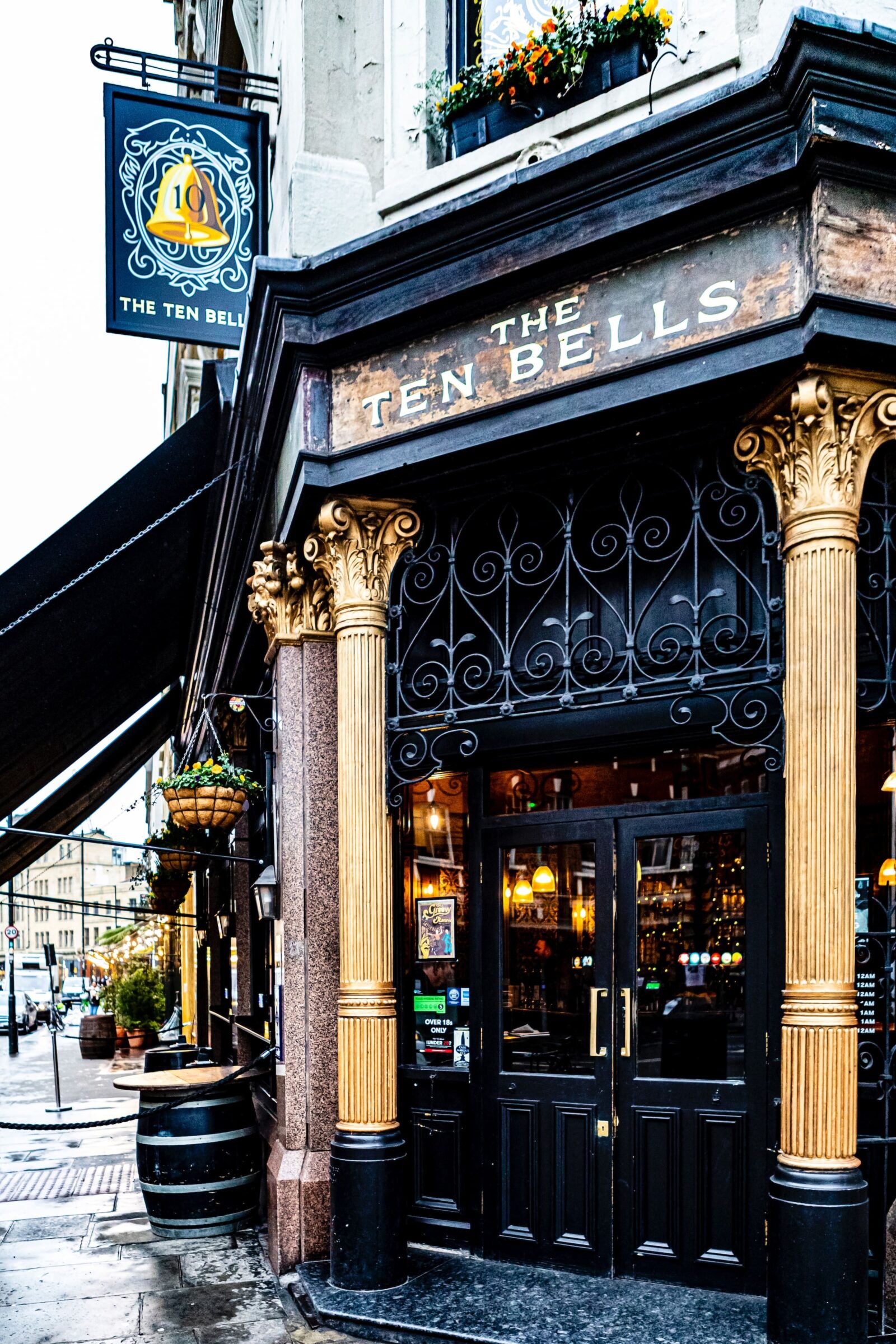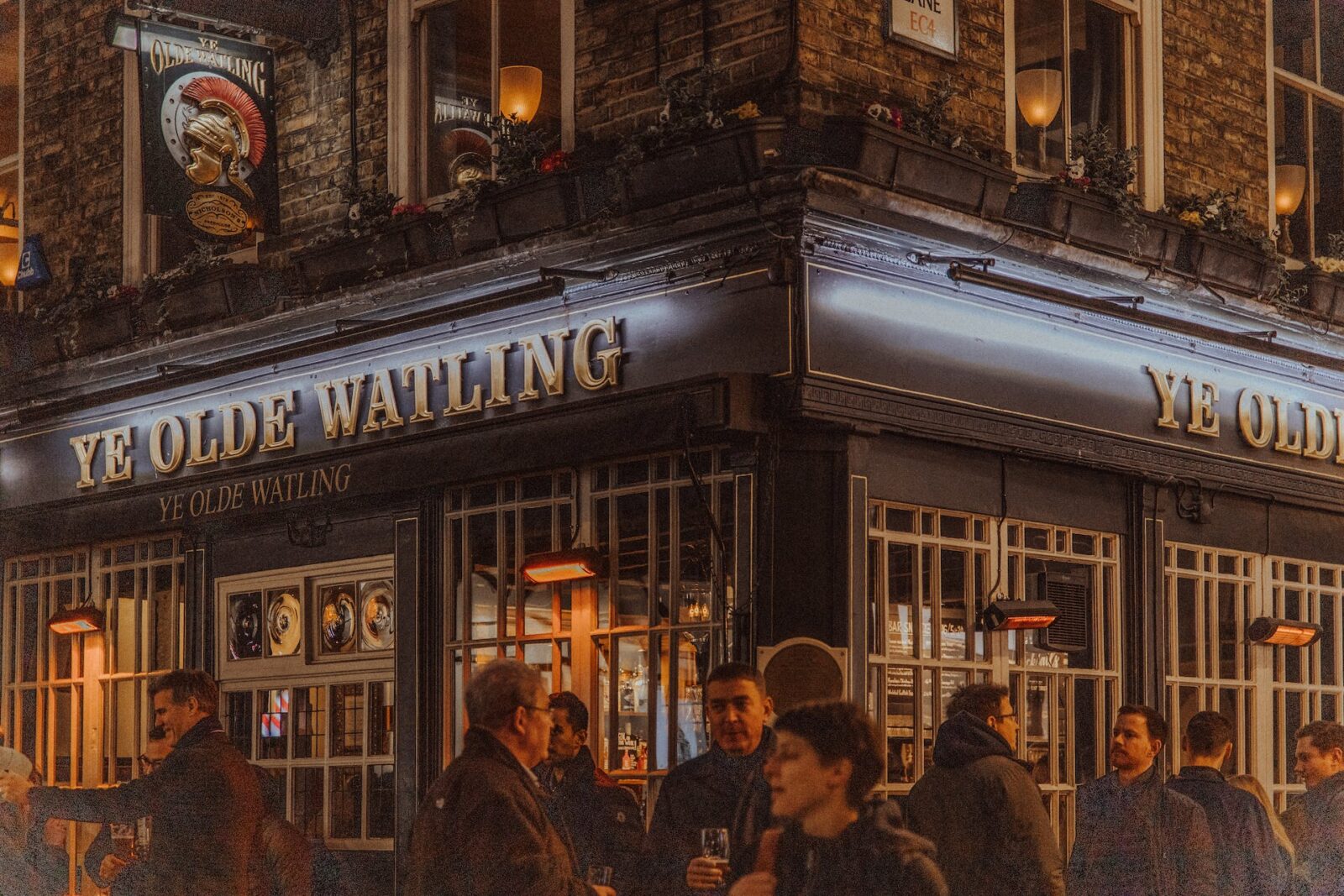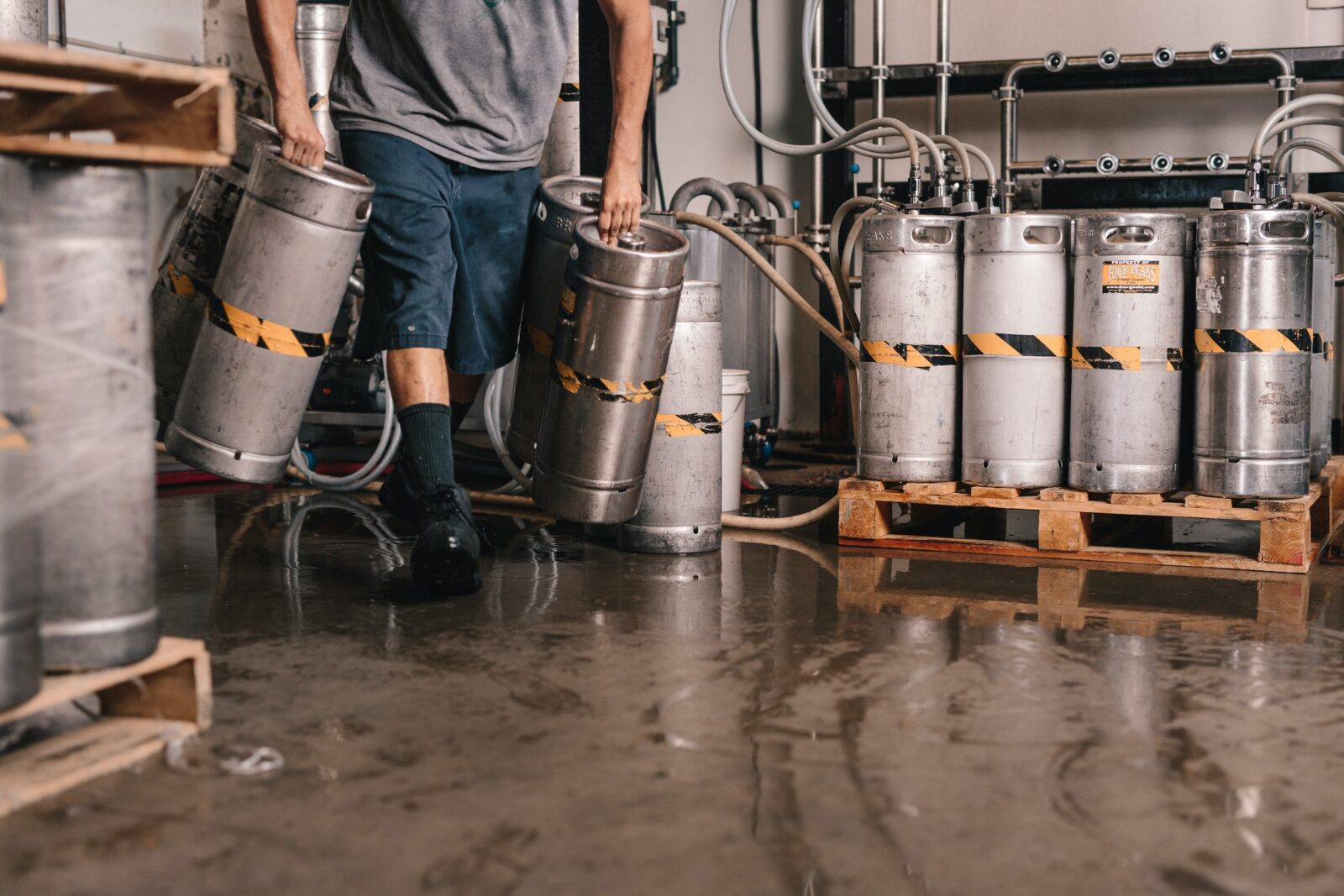Almost half of hospitality chiefs said they are confident about the sector during the upcoming 12 months despite a multitude of cost pressures, including business rates…
In the ever-evolving landscape of the brewing industry, economic downturns can present formidable challenges. To weather the storm and position your brewery for success during severe recessions, a comprehensive and strategic approach is essential. In this guide, we delve into 15 strategies that breweries can adopt to fortify their operations, engage consumers, and navigate through challenging economic times…
The average cost of a pint of draught lager increased 12.5% in the year to October 2023 as pubs and brewers “struggle to survive”…
In 2020, the United Kingdom saw a total of approximately 46,800 pubs in operation, marking a decline of over 14,000 pubs since the turn of the millennium. This decrease, representing around 8,600 fewer pubs over the past decade, reflects a concerning trend in the British pub industry. While this decline can be attributed to a myriad of factors, we will delve into ten key reasons, acknowledging the backdrop of pub statistics and the recent impact of the COVID-19 pandemic on this quintessentially British institution…
Daily drinks sales hit by “negative” trading figures as consumers “restrict” big nights out…
As the craft brewing industry continues to experience exponential growth, many craft breweries are starting to feel the effects of inflation. With the cost of ingredients and labor on the rise, craft breweries are looking for new and innovative ways to save money and stay afloat in these turbulent economic times. This article will provide 20 cost-saving strategies that craft breweries can employ to help them survive inflation in 2023. Each of these strategies has proven to be effective in helping craft breweries cut costs, increase efficiency, and remain profitable.
Last year, the brewing industry surfed the choppy waves of carbon dioxide shortages, a tight labor market, and spiking expenses, as inflation impacted everything from cans to grains to freight. “Nearly everything costs more than it did before the pandemic,” says Bart Watson, the chief economist at the Brewers Association. “Brewers haven’t been able to fully pass those costs onto customers, meaning lower margins.”
As 2022 winds down, there is a pessimistic outlook among beer distributors, reports the National Beer Wholesalers Association (NBWA). The group’s Beer Purchasers’ Index (BPI), a forward-looking indicator that measures expected beer demand, sports a low reading of 38 in November, and the “at-risk” inventory index is relatively higher at 49.
Beverage giant Asahi has seen a resurgence of consumer interest in beer in Japan but believes that some challenges are upcoming for other segments including low-alcohol and non-alcoholic products.








